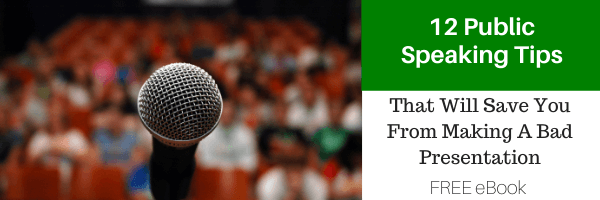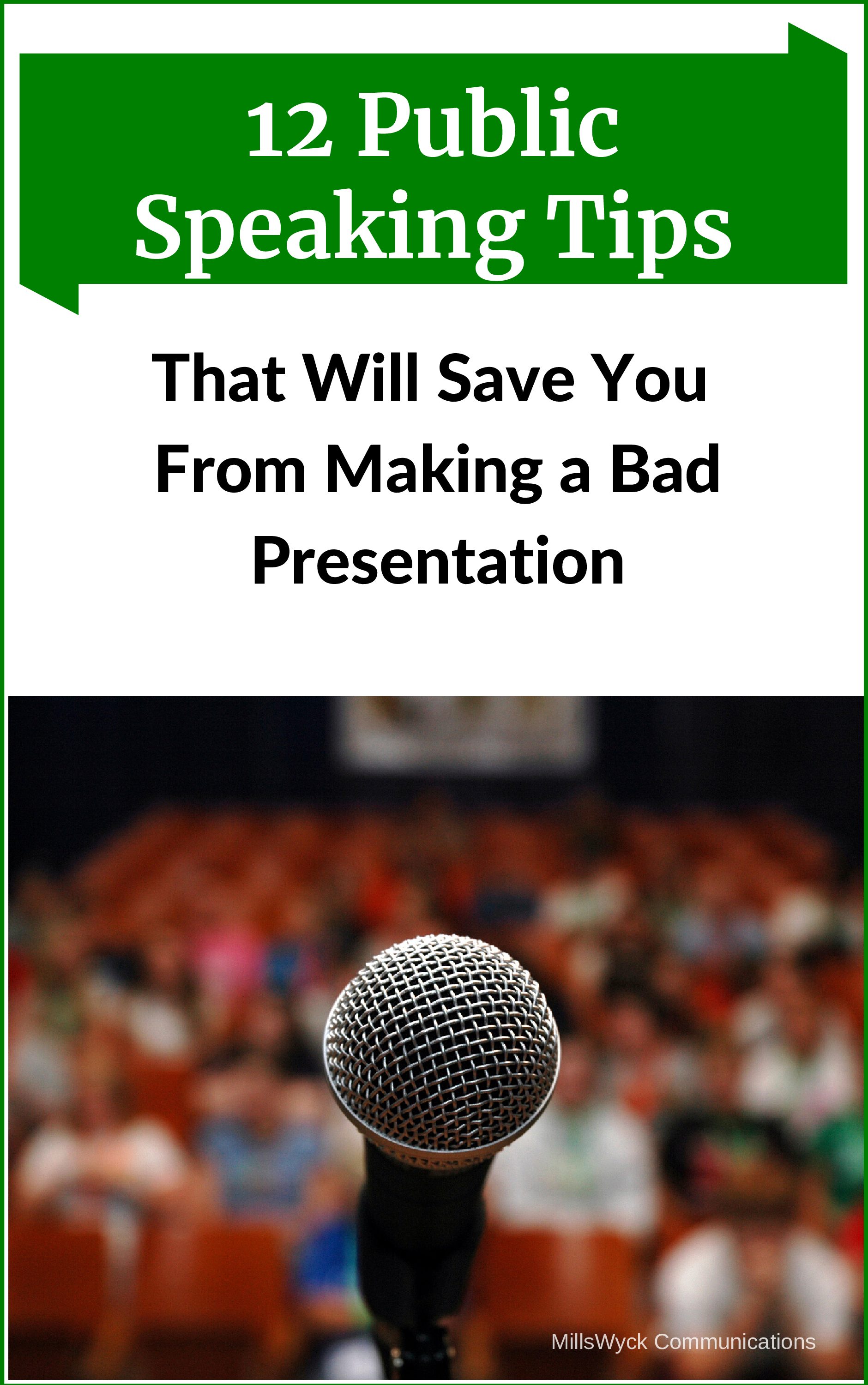Similarities and Differences Between Speaking and Writing
There are many similarities between speaking and writing. While I’ve never considered myself a writer by trade, I have long recognized the similarities between writing and speaking. Writing my book was the single best thing I’ve ever done for my business. It solidified our teaching model and clarified and organized our training content better than any other method I’d ever tried.
A few weeks ago I was invited by a client to attend a proposal writing workshop led by Robin Ritchey. Since I had helped with the oral end of proposals, the logic was that I would enjoy (or gain insight) from learning about the writing side. Boy, were they right. Between day one and two, I was asked by the workshop host to give a few thoughts on the similarities of writing to speaking. These insights helped me recognize some weaknesses in my writing and also to see how the two crafts complement each other.
Similarities between Speaking and Writing
Here are some of the similarities I find between speaking and writing:
- Rule #1 – writers are encouraged to speak to the audience and their needs. Speakers should do the same thing.
- Organization, highlight, summary (tell ‘em what you’re going to tell them, tell them, tell them what you told them). Structure helps a reader/listener follow along.
- No long sentences. A written guideline is 12-15 words. Sentences in speaking are the same way. T.O.P. Use punctuation. Short and sweet.
- Make it easy to find what they are looking for (Be as subtle as a sledgehammer!).
- Avoid wild, unsubstantiated claims. If you are saying the same thing as everyone else, then you aren’t going to stand out.
- Use their language. Avoid internal lingo that only you understand.
- The audience needs to walk away with a repeatable message.
- Iteration and thinking are key to crafting a good message. In writing, this is done through editing. A well prepared speech should undergo the same process. Impromptu is slightly different, but preparing a good structure and knowing a core message is true for all situations.
- Build from an outline; write modularly. Good prose follows from a good structure, expanding details as necessary. Good speakers build from a theme/core message, instead of trying to reduce everything they know into a time slot. It’s a subtle mindset shift that makes all the difference in meeting an audience’s needs.
- Make graphics (visuals) have a point. Whether it’s a table, figure, or slide, it needs to have a point. Project schedule is not a point. Network diagram is not a point. Make the “action caption” – what is the visual trying to say? – first, then add the visual support.
- Find strong words. My editor once told me, “An adverb means you have a weak verb.” In the workshop, a participant said, “You are allowed one adverb per document.” Same is true in speaking – the more powerful your words, the more impact they will have. Really (oops, there was mine).
- Explain data, don’t rely on how obvious it is. Subtlety doesn’t work.
Differences between Speaking and Writing
There are also differences. Here are three elements of speaking that don’t translate well to (business) writing:
- Readers have some inherent desire to read. They picked up your book, proposal, white paper, or letter and thus have some motivation. Listeners frequently do not have that motivation, so it is incumbent on the speaker to earn attention, and do so quickly. Writers can get right to the point. Speakers need to get attention before declaring the point.
- Emotion is far easier to interpret from a speaker than an author. In business writing, I would coach a writer to avoid emotion. While it is a motivating factor in any decision, you cannot accurately rely on the interpretation of sarcasm, humor, sympathy, or fear to be consistent across audience groups. Speakers can display emotion through gestures, voice intonations, and facial expressions to get a far greater response. It is interesting to note that these skills are also the most neglected in speakers I observe – it apparently isn’t natural, but it is possible.
- Lastly, a speaker gets the benefit of a live response. She can answer questions, or respond to a quizzical look. She can spend more time in one area and speed through another based on audience reaction. And this also can bring an energy to the speech that helps the emotion we just talked about. With the good comes the bad. A live audience frequently brings with it fear and insecurity – and another channel of behaviors to monitor and control.
Speaking and writing are both subsets of the larger skill of communicating. Improving communication gives you more impact and influence. And improving is something anyone can do! Improve your speaking skills at our Powerful, Persuasive Speaking Workshop and improve your writing skills at our Creating Powerful, Persuasive Content Workshop.
Communication matters. What are you saying?
This article was published in the May 2017 edition of our monthly speaking tips email, Communication Matters. Have speaking tips like these delivered straight to your inbox every month. Sign up today and receive our FREE download, “Twelve Tips that will Save You from Making a Bad Presentation.” You can unsubscribe at any time.



